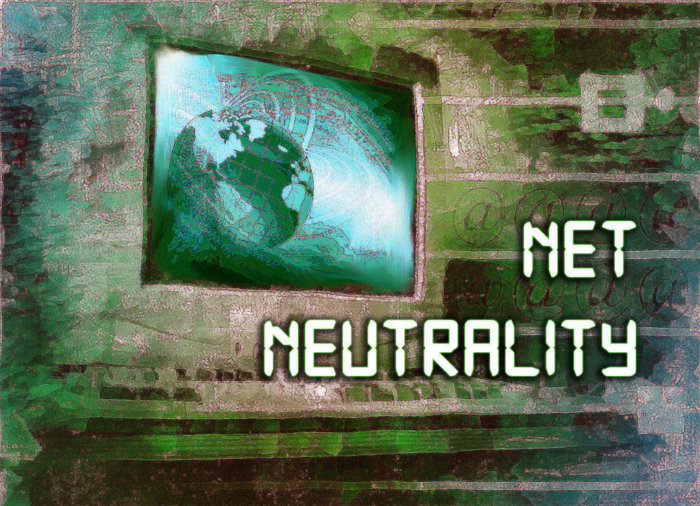
Three quarters of all Internet of Things (IoT) projects are “failing”, according to Cisco’s Australian CTO Kevin Bloch, primarily because they have been designed to solve individual problems, and have become siloed and unsupported as a result.
“The inaugural phase of IoT is characterised by numerous point solutions from a multitude of new — often startup — vendors. Typically, these solutions have been designed to solve a particular societal problem such as lighting or parking. In each case, a complete IT stack needs to be built in support of the solution,” Bloch explained.
“Eventually, customers find themselves with multiple siloes from multiple vendors that don’t interoperate, are not cybersecure, use different protocols, and generate more complexity at greater cost.”
Source: Cisco: Most IoT projects are failing due to lack of experience and security | ZDNet

 The industrial internet of things market is exploding. As a matter of fact, Gartner predicts it’s on pace to reach $80 billion by the end of 2017. Much of this growth is fueled by the promise of what IoT can ultimately deliver with the integration of machine learning and AI technology. And the progress toward this end goal can be seen all around; businesses everywhere are using IoT platforms to gather key equipment data, analyze it and automate the delivery of that logic back to edge devices in a self-servicing and self-maintaining technology ecosystem. This level of automation has many in the industry warning that machines will rise up, though, or as Elon Musk put it, “that building a general AI will summon the devil.”
The industrial internet of things market is exploding. As a matter of fact, Gartner predicts it’s on pace to reach $80 billion by the end of 2017. Much of this growth is fueled by the promise of what IoT can ultimately deliver with the integration of machine learning and AI technology. And the progress toward this end goal can be seen all around; businesses everywhere are using IoT platforms to gather key equipment data, analyze it and automate the delivery of that logic back to edge devices in a self-servicing and self-maintaining technology ecosystem. This level of automation has many in the industry warning that machines will rise up, though, or as Elon Musk put it, “that building a general AI will summon the devil.”


 Connected consumer devices have captured the attention of the media, but the market for the Internet of Things (IoT) in enterprise and industrial sectors is poised be much larger—around $300 billion annually by 2020 compared to half that for consumer technology, according to research by Bain & Company.
Connected consumer devices have captured the attention of the media, but the market for the Internet of Things (IoT) in enterprise and industrial sectors is poised be much larger—around $300 billion annually by 2020 compared to half that for consumer technology, according to research by Bain & Company.
